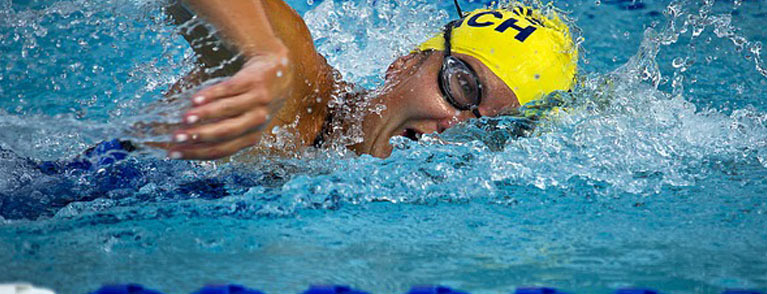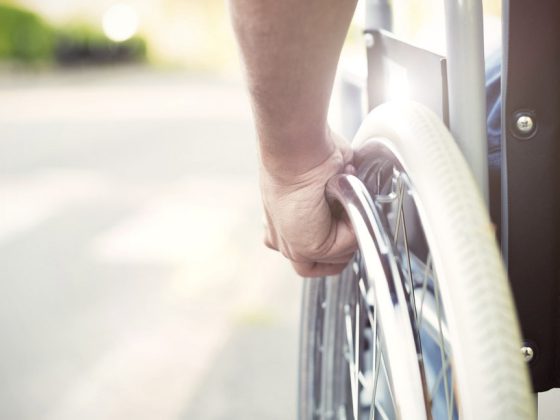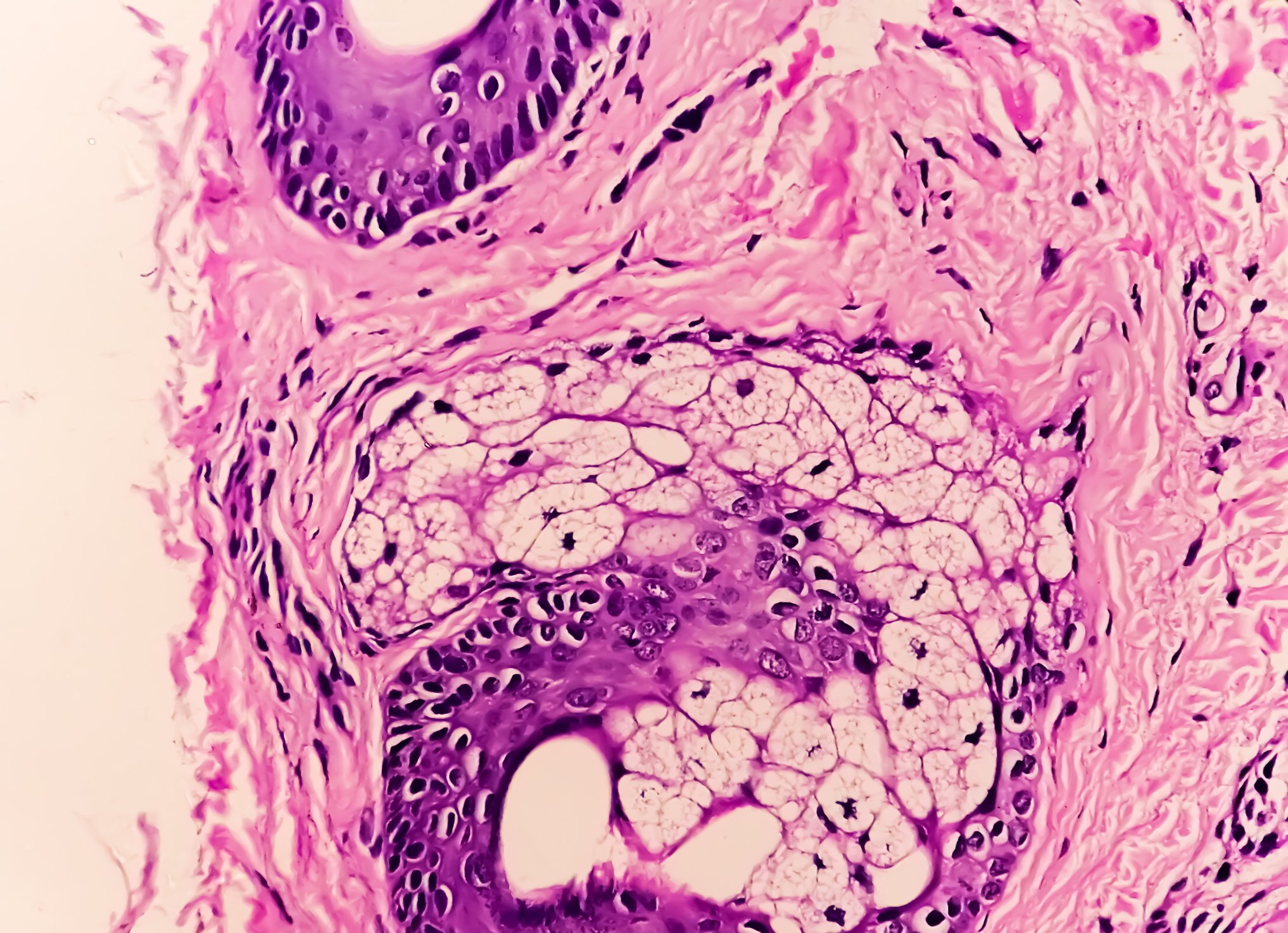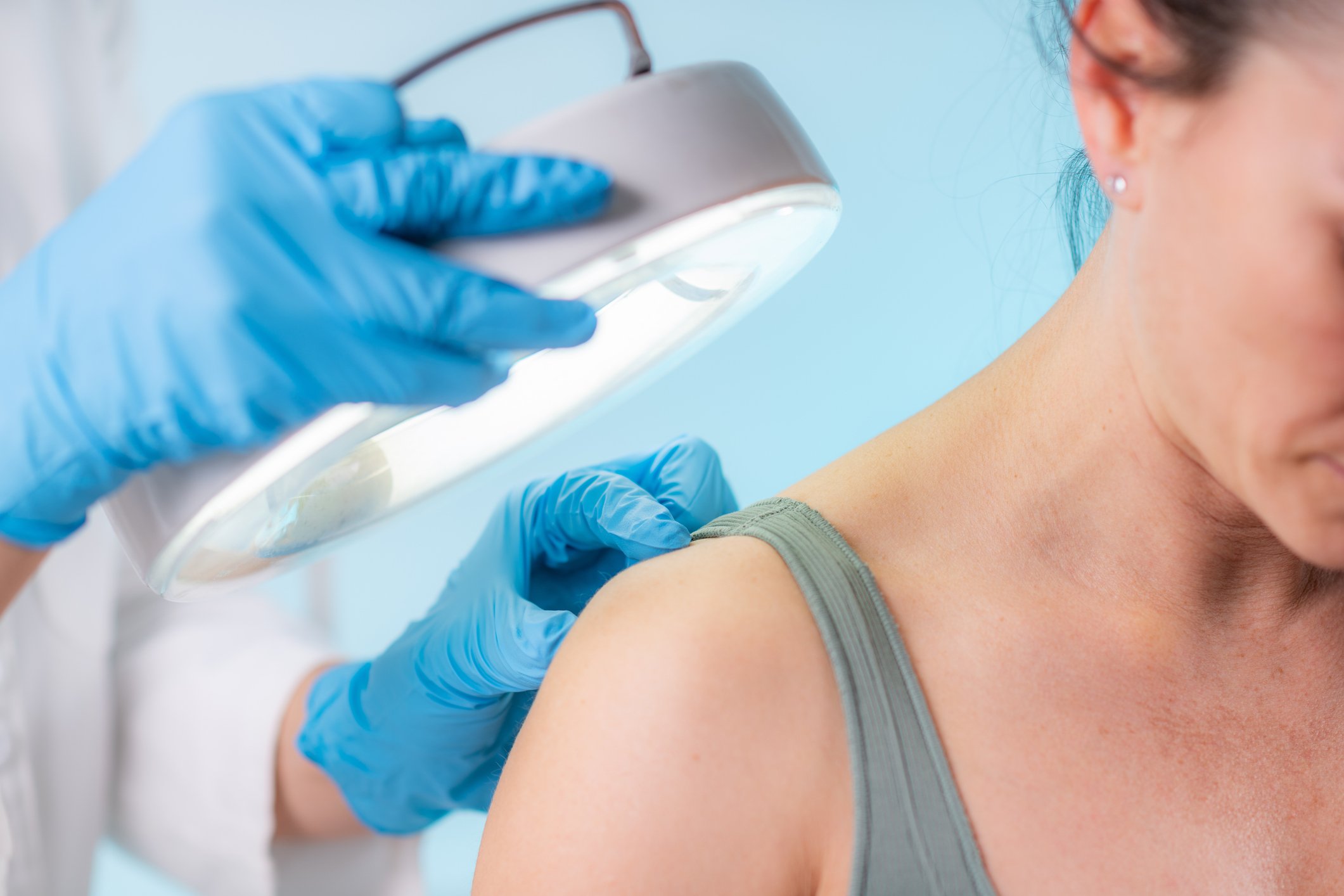The fact that sport, as the most important secondary matter in the world, is closely linked to the world of medicine is something that pharmaceutical advertising in particular likes to emphasize. Sporting activity is dramatically staged to illustrate the hoped-for efficacy of certain drugs. Likewise, we find close references to sports in the designation of various health disorders. Some of these will be highlighted below. We start first with health disorders from the field of internal medicine. Part 2 was published in HAUSARZT PRAXIS 12/2016.
The athlete heart
As early as 1899, an enlargement of the heart was discovered in trained cross-country skiers in Scandinavia by means of percussion. The term “sports heart”, “athlete’s heart” or “athlete’s heart” also originates from this time. This term basically refers to a non-pathological enlargement of the heart caused by intense exercise. Like skeletal muscle, the myocardium responds to severe exercise by increasing muscle mass, and this hypertrophy is considered an appropriate physiological adaptation. According to scientific evidence to date, heart enlargement induced by exercise does not appear to pose a health risk to the athlete.
Duration and type of physical training influence the extent of change in heart size and structure. Short-term training is not yet able to influence the size of the heart; long-term training, on the other hand, produces a change that tends to influence wall thickness in strength training and ventricular volume in endurance training. The enlargement is harmonious and affects not only the left ventricle but also the cardiac cavities. Specific types of exercise determine the structural changes in the myocardium, but the magnitude of the response to exercise varies considerably from person to person.
Unlike in the past, the “diagnosis” of the athlete’s heart is determined by echocardiography if necessary. In practice, the first signs are primarily detected or suspected during a sports medicine ECG examination. Nevertheless, identifying an athlete’s heart can be a delicate diagnostic balancing act.
The athlete anemia
Well-trained athletes, especially endurance athletes, tend to have lower hematocrit and hemoglobin levels than non-athletes. Compared to the prevailing norm in the general population, they are therefore considered slightly anemic. This fact has been called Athletic Pseudoanemia. However, on closer inspection, athlete’s anemia is a misnomer because it is based on a disregard for a normal physiological response: the fluid portion of the blood, i.e., the blood plasma, reacts very rapidly to intense training stresses. During intensive physical work, a high proportion of heat is produced. In turn, sweat in the amount of 2 or more liters/h is produced and excreted to cool the organism. This fluid loss is then partially compensated by the blood plasma, which can be measured on the one hand as a decrease in blood volume, and on the other hand as a relative increase in cellular content. A well-trained body stores fluid reserves in the intracellular space and in the vessels, so to speak. The incorporation may result in a significant (up to 20%) increase in plasma volume. This increase is equivalent to a relative thinning of the blood, because the proportion of blood cells seems to be decreased; hence the erroneous interpretation of the phenomenon as anemia. Therefore, the English term “pseudoanemia” is much more appropriate.
It should be emphasized that this typical adaptation is a “healthy” reaction of the body: It leads to a better blood flow, to an improvement of the cardiac output, as well as to a dilution of the fibrinogen content and a reduction of the risk of thrombosis.
To distinguish between pseudoanemia and true anemia, it may be helpful to accurately determine the timing of blood collection in relation to the exercise program.
Anorexia Athletica
Not enough attention is always paid to the anthropometry of the athlete, which includes weight. This is despite the fact that weight classes are commonplace in competitive sports (in martial arts, rowing, etc.) and that body aesthetics play a central role in some disciplines (for example, artistic gymnastics, rhythmic gymnastics, figure skating, etc.). In addition, there are sports where a heavy weight is disadvantageous, such as in the running disciplines over longer distances, cross-country skiing and ski jumping, where aerodynamics depend on morphology. In this respect, it is not surprising that rigid weight control in some disciplines of competitive sports can lead to eating behavior disorders.
The term anorexia athletica was introduced in the early 1980s to make it clear that this form of eating disorder is exclusively sports-induced. It refers to the deliberate reduction of body weight with the aim of improving athletic performance. In contrast to anorexia proper, anorexia athletica is basically not (yet) a psychiatric disorder, because the deliberate restriction of diet can theoretically be reversed. However, practice shows that the danger of pathological exaggeration is definitely present. In 1992, the “Female Athlete Triad” (anorexia + amenorrhea + osteopenia/osteoporosis) was described for the first time. Since then, knowledge about anorexia athletica has become more precise. Today, the term “Relative Energy Deficiency in Sports” (RED-S) is rightly used, as it has been found that male athletes are not spared from these disorders either.
“Athlete’s Foot”
Dermatology also provides its share of sports-induced health disorders. Athlete’s foot”, in our opinion without a corresponding German term, is a widespread foot mycosis. “Running is the fungus’ delight,” as someone said with a wink, and wherever the foot acts as a “sports implement,” the likelihood of getting mycosis is high. It is estimated that one in three athletes has an interdigital fungal infection and over 15% also have nail fungus (onychomycosis). Both diseases belong closely together and are basically contagious – from foot to head and from person to person. Shared changing rooms, showers and baths, as well as sweaty shoes, provide the ideal breeding ground for the spread of these troublesome pathogens. Both forms of the condition, interdigital mycosis and onychomycosis, are curable. The key to healing lies in a combination therapy of systemic and locally acting agents.
Herpes Gladiatorum
The wrestlers’ skimpy clothing and the intense physical contact during competition make this sport a suitable vector for herpetic phenomena. It is important to distinguish this disease from impetigo, a bacterial skin infection; both affections have small vesicles with yellowish crusts at some point in their course.
Dementia Pugilistica
This term from boxing, also known in English as “punch drunk,” actually refers to the terminal phase of “chronic traumatic brain encephalopathy” (CTBE). The image of the recently deceased fighter Muhammad Ali comes to mind. This clinical entity was described as early as 1928 by Martland. It manifests itself in various forms of expression – mild, moderate and severe. From the beginning, one observes personality changes such as euphoria, sudden crying, and a lack of awareness of one’s own illness. Speech becomes slower and memory progressively deteriorates. The severe cases are strongly reminiscent of Parkinson’s disease.
The rules of boxing increasingly take this risk into account, with very strict reinstatement rules for those boxers who have suffered a knockout.
It is interesting to note that the mandatory helmet use by amateur boxers, which was introduced in 1984, was abolished in 2013 due to an increase in injury complications.
“Swimmer’s Ear”
This is otitis externa, which is found in swimmers. The constant moisture in the ear causes a decrease in cerumen production and a decrease in pH. On the other hand, this leads to a breakdown of the epithelium and thus to a reduction in the natural physiological protection against infection. This reduced protection facilitates the entry of infections with predominantly gram-negative pathogens (Pseudomonas). Treatment is with ear drops that retabulate pH, and sometimes antibiotics.
“Footballer’s Migraine.
Headaches are not unknown in sports. For example, it is often encountered in weight training sports, where pressor breathing appears to play a pathophysiological role. According to the symptoms, footballer’s migraine is a classic migraine (visual disturbances, nausea, vomiting). It is thought to occur as a result of spasm of the basal cerebral vessels, caused by excessive or incorrectly performed heading.
HAUSARZT PRAXIS 2016; 11(11): 6-8











